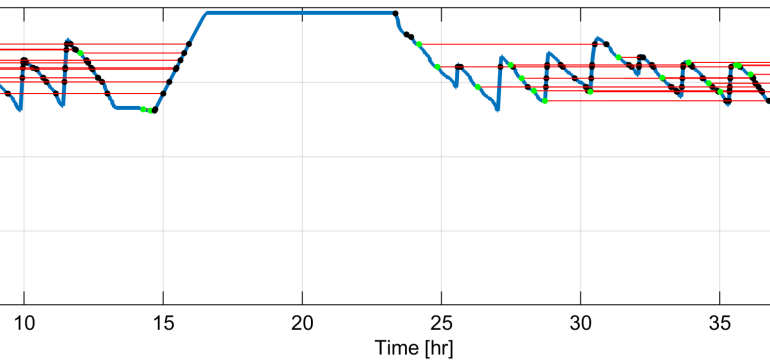Authors: Camiel Beckers, Erik Hoedemaekers, Arda Dagkilic, Henk Jan Bergveld
Published on: August 30, 2023
Impact Score: 8.52
Arxiv code: Arxiv:2308.15828
Summary
- What is new: An algorithm to estimate the energy efficiency and efficiency fade of battery packs, offering a new approach to comply with the future EU Battery Directive.
- Why this is important: Lack of transparency in the use and remaining value of batteries, and a requirement by the EU Battery Directive to report energy efficiency and its degradation.
- What the research proposes: A novel algorithm that identifies round trips based on battery current and State of Charge (SoC), creates 2D efficiency maps under various conditions, and uses multiple linear regression for efficiency comparison.
- Results: Application of the algorithm on data from three electric buses over 3.5 years showed up to 0.86 percent point in efficiency fade.
Technical Details
Technological frameworks used: Identification of round trips based on SoC and battery current, creation of 2D efficiency maps, parameterization through multiple linear regression.
Models used: Multiple linear regression model.
Data used: Operational data from three battery-electric buses across 3.5 years.
Potential Impact
Battery manufacturing and recycling companies, electric vehicle manufacturers, and companies involved in energy storage solutions could benefit from this research by improving battery lifecycle transparency and meeting EU regulatory requirements.
Want to implement this idea in a business?
We have generated a startup concept here: BattEffiTrack.



Leave a Reply